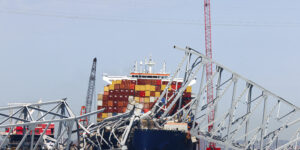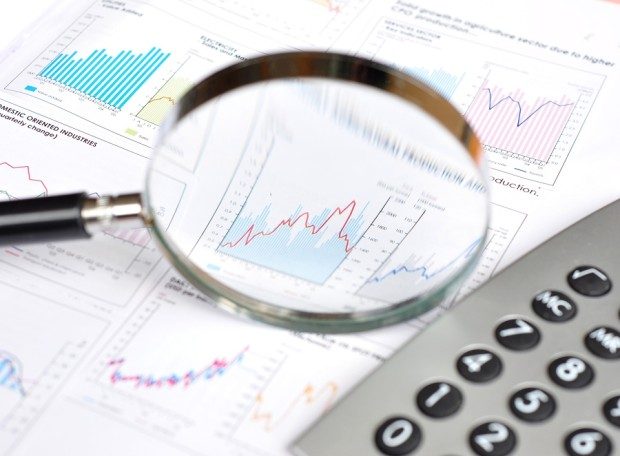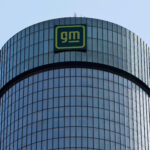Global commercial insurance pricing rose 3 percent in the second quarter of 2023, down from 4 percent in Q1, according to Marsh, which pointed to two notable trends during Q2: a moderation in cyber rates and continuing challenges in property insurance, which saw the largest increases of any major product line.
This was the 23rd consecutive quarter in which composite pricing rose, continuing the longest run of increases since the inception of the index in 2012, commented the Marsh Global Insurance Market Index, noting that price hikes peaked at 22 percent in the fourth quarter of 2020.
Global average composite pricing was relatively consistent across regions — driven largely by rate decreases for financial and professional lines (down 8 percent in Q2 versus a 5 percent drop in Q1) and either decreases or moderating increases for cyber insurance, Marsh said.
Overall average pricing for financial and professional lines fell for the fourth consecutive quarter, driven by rate reductions and additional capacity – particularly in the UK — where FinPro lines declined 6 percent, compared to a 4 percent decline in the first quarter. In addition, D&O pricing continued to decline in the UK, generally in the 10-15 percent range.
Global cyber insurance pricing increases also moderated to 1 percent, compared to 11 percent in the prior quarter and 28 percent in Q4 2022. The drop in cyber premiums “was driven by significant moderation in the U.S., which saw average price decreases of 4 percent, compared to 11 percent increases in Q1 [2023],” the report continued.
On the other hand, global property insurance experienced the largest rate increases of any major product line, with average global prices increasing by 10 percent (level with Q1), Marsh said.
Breaking the composite pricing down by region, Marsh said, Q2 prices in the UK increased by 1 percent (down from a 3 percent increase in Q1 of 2023); in the Pacific they increased by 2 percent (down from 7 percent in Q1), and was flat in Asia (down from 1 percent in Q1).
The remaining regions recorded identical increases to the previous quarter: in Latin America and the Caribbean pricing increased by 8 percent (8 percent in Q1); in Continental Europe by 5 percent (5 percent in Q1); and in the U.S. by 4 percent (4 percent in Q1).
Marsh noted that concerns about the impact of inflation on asset values and claims costs remained a key focus for insurers at renewal in most regions.
U.S. Market Trends
- U.S. Property Market. Property insurance pricing in the U.S. increased by 19 percent, compared to 17 percent in the first quarter, marking the 23rd consecutive quarter in which prices rose. Marsh said the main drivers of Q2 property price hikes in the U.S. are the cost of reinsurance and capital, strong capacity demand, limited new insurers, and ongoing losses. Best-in-class risks with limited natural catastrophe exposures and stable incumbent capacity typically experienced more favorable results compared to those affected by losses and/or had a geographic concentration of assets in natural zones, such as along the Gulf of Mexico, Atlantic Coast and California.
- U.S. Casualty Market. Casualty insurance pricing increased 3 percent, compared to 2 percent in Q1. Excluding workers compensation, the increase was 5 percent. The workers compensation line helped keep average rate increases lower for auto and general liability in some cases where all lines were purchased with the same insurer. Many insurers applied exclusions involving per- and polyfluoroalkyl substances (PFAS) and biometric exposures.
- U.S. Financial and Professional Lines Market. FINPRO pricing was down 10 percent in Q2, compared to a decline of 9 percent in Q1. Directors and officers (D&O) liability insurance pricing for publicly traded companies declined by 13 percent, the same as in the prior quarter.
- U.S. Cyber Market. Cyber insurance pricing continued to moderate significantly, declining 4 percent in the second quarter, compared to an 11 percent increase in the prior quarter. Increased competition, improved cybersecurity controls and a reduction in ransomware attacks in 2022 were key factors behind continued pricing improvement in cyber. However, there was an increase in the number of ransomware claims reported in the second quarter.
All references to pricing and pricing movements in this report are averages, unless otherwise noted. For ease of reporting, Marsh rounded all percentages regarding pricing movements to the nearest whole number.
Source: Marsh




















 Growing Progressive Set to Hire 10,000+ in Claims, IT, Other Roles
Growing Progressive Set to Hire 10,000+ in Claims, IT, Other Roles  Survey: 79% of Organizations Sustained a Cyber Attack Within the Past Year
Survey: 79% of Organizations Sustained a Cyber Attack Within the Past Year  IIHS: New Front Crash Prevention Test Highlights Safety Weakness in Small SUVs
IIHS: New Front Crash Prevention Test Highlights Safety Weakness in Small SUVs  GM Ends OnStar Driver Safety Program After Privacy Complaints
GM Ends OnStar Driver Safety Program After Privacy Complaints 